Cobalt is a hard, lustrous, steel-gray, ferromagnetic metallic element that does not exist on its own on Earth. The element combines with other elements like nickel and copper naturally. The metal’s heat resistance properties make it ideal for the production of batteries because its properties are not easily altered during charging and discharging.
This property has made cobalt ideal for the electric vehicle and smartphone industries. The following article will highlight the ten largest cobalt mining companies worldwide, ranked by annual revenue.
#10: Panoramic Resources Limited – $90.39 million
Panoramic Resources Limited is an Australian mining company founded in 2001. The company is headquartered in Perth, Western Australia. It focuses on the production of nickel, copper, and cobalt. It also runs the Savannah nickel-copper-cobalt mine in Western Australia.
The mine resumed operations in October 2021, with the first shipment leaving the mine in December 2021. According to their mid-year reports, Panoramic Resources Limited produced 200 tons of cobalt from the Savannah mine, with production expected to ramp up from late 2022 into 2023.
#9: Sherritt International – $110 million
Sherritt International is a Canadian mining and refining company based in Toronto, Ontario. The company began operations in 1927 and has mines in Canada, Cuba, and Madagascar.
It focused primarily on mining and refining nickel and cobalt in addition to power generation. Sherritt International is a significant producer of finished cobalt at a purity of 99.9%.
The company sources its cobalt mainly from Cuba and Madagascar. In Cuba, it has a joint partnership with the General Nickel Company called the Moa Joint Venture.
The partnership is vertically-integrated, where they mine ore containing cobalt and nickel, then process, refine, and sell it globally; except to the U.S. In 2021, the joint venture produced 3,526 tons of cobalt, contributing to its $110 million revenue.
#8: Jervois Global Limited – $162 million
Jervois Global Limited is an Australia-based mining and exploration company formed in 1962. The company has gradually built its capacity as it aims to become the largest nickel and cobalt producer globally.
It mines and refines nickel and cobalt for use in chemicals and catalysts, powder metallurgy, pigments, and batteries. Jervois Global Limited has four principal subsidiaries:
- Jervois Finland,
- Sao Miguel Paulista (SMP) based in Sao Paulo, Brazil,
- Idaho Cobalt Operations (ICO) in Idaho, U.S.,
- Nico Young, which handles nickel and cobalt sourcing and refining.
It bought ICO in 2019 and commissioned operations in October 2022. SMP refined 2,000 tons of cobalt in 2021, contributing to the $162 million revenue the company reported in 2021.
#7: Umicore – $4 billion
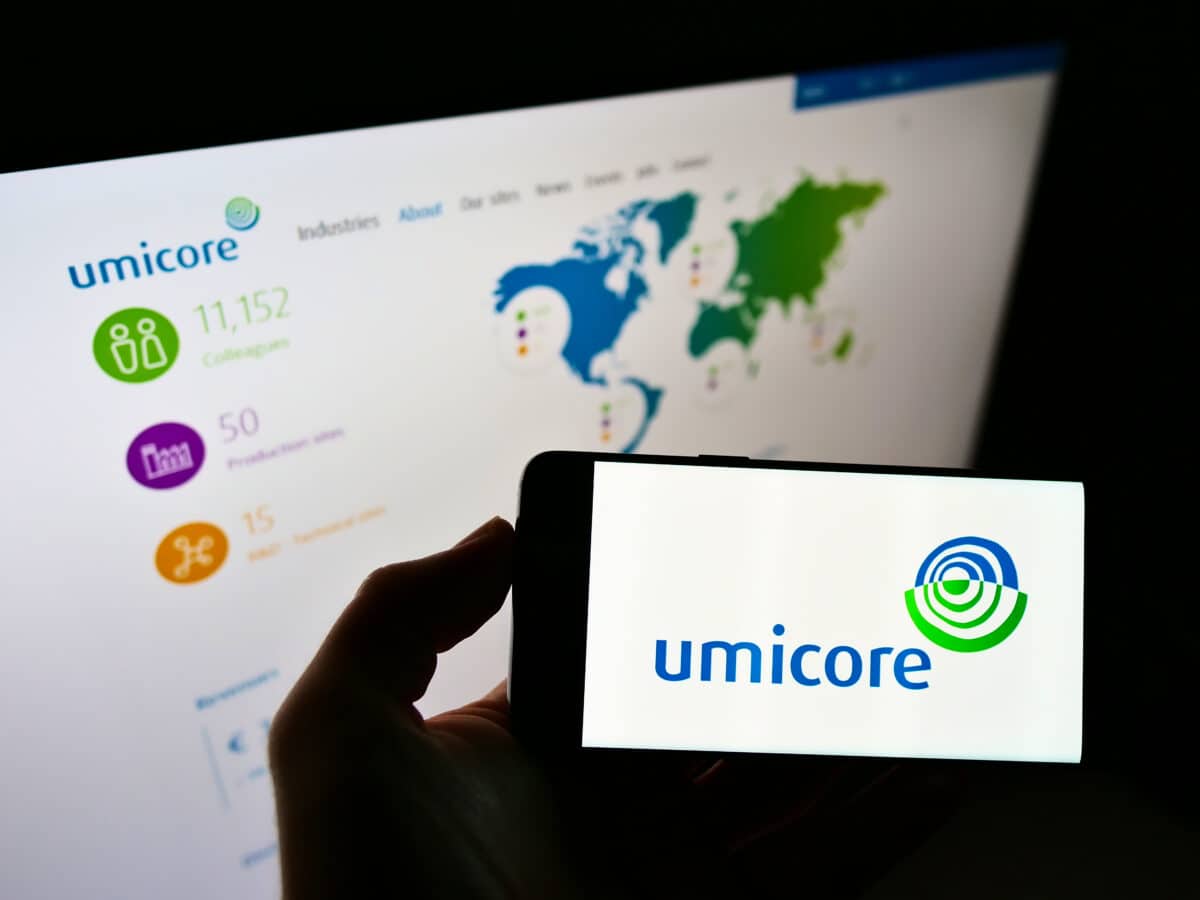
©T. Schneider/Shutterstock.com
Umicore is a mining and refining company that can trace its history back to 1805, when Napoleon Bonaparte gave Jean Dony control over the Vielle-Montagne mine on the Belgian-Germany border. However, more recently, it traces its history back to Union Miniere du Haut-Katanga (UMHK) in the DRC.
After the nationalization of UMHK, it started focusing on specialty and precious metals. The company reported a revenue of $4 billion in 2021, a 22% increase from the previous financial year.
It prides itself as the world’s largest producer of sustainably-sourced cobalt. Umicore discontinued sourcing cobalt from artisanal mines almost two decades ago. It also sources its cobalt by recycling used smartphone and EV battery cathodes.
#6: Zhejiang Huayou Cobalt Co., Ltd. – $4.792 billion
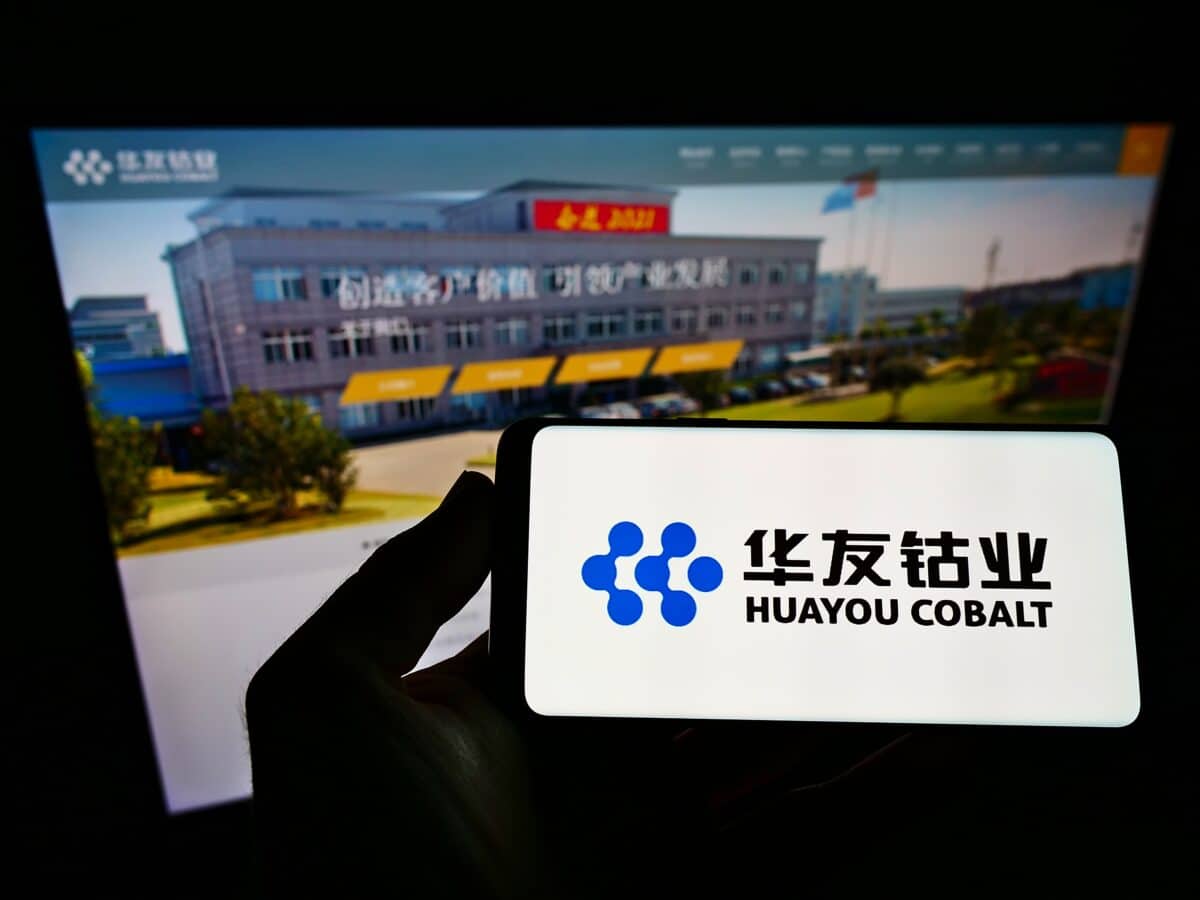
©T. Schneider/Shutterstock.com
Zhejiang Huayou Cobalt Co., Ltd. is a Chinese mining company headquartered in Zhejiang Province, China. The company was founded in 2002 and consists of three divisions.
These deal with the mining and primary processing of cobalt and nickel, deep processing of cobalt and nickel products, and research and development of cobalt and lithium battery materials, respectively.
The company extracted 5,390 tons of cobalt in 2021 from their mines in the DRC. However, the company has a poor track record regarding sourcing its cobalt. In 2017, human rights and labor rights organizations accused its Congolese operation of buying cobalt from artisanal mines that use child labor to extract the mineral by hand.
However, the company committed to ending the practice and streamlining its supply chain to ensure its cobalt is ethically-sourced and acceptable to partners like Tesla.
On the other hand, Zhejiang Huayou Cobalt has partnerships with other companies to extract value from their mining operations. For instance, they partnered with electric vehicle (EV) battery manufacturer EVE Energy to build a cobalt and nickel smelting plant in Indonesia.
The company also has a partnership with Ford Motors as it ventures more into EV production and PT Vale Indonesia meant to improve the battery materials supply chain. The company’s strategic partnerships and industrious operations generated a revenue of $4.792 billion in 2021.
#5: China Molybdenum Co. Ltd – $24.1 billion
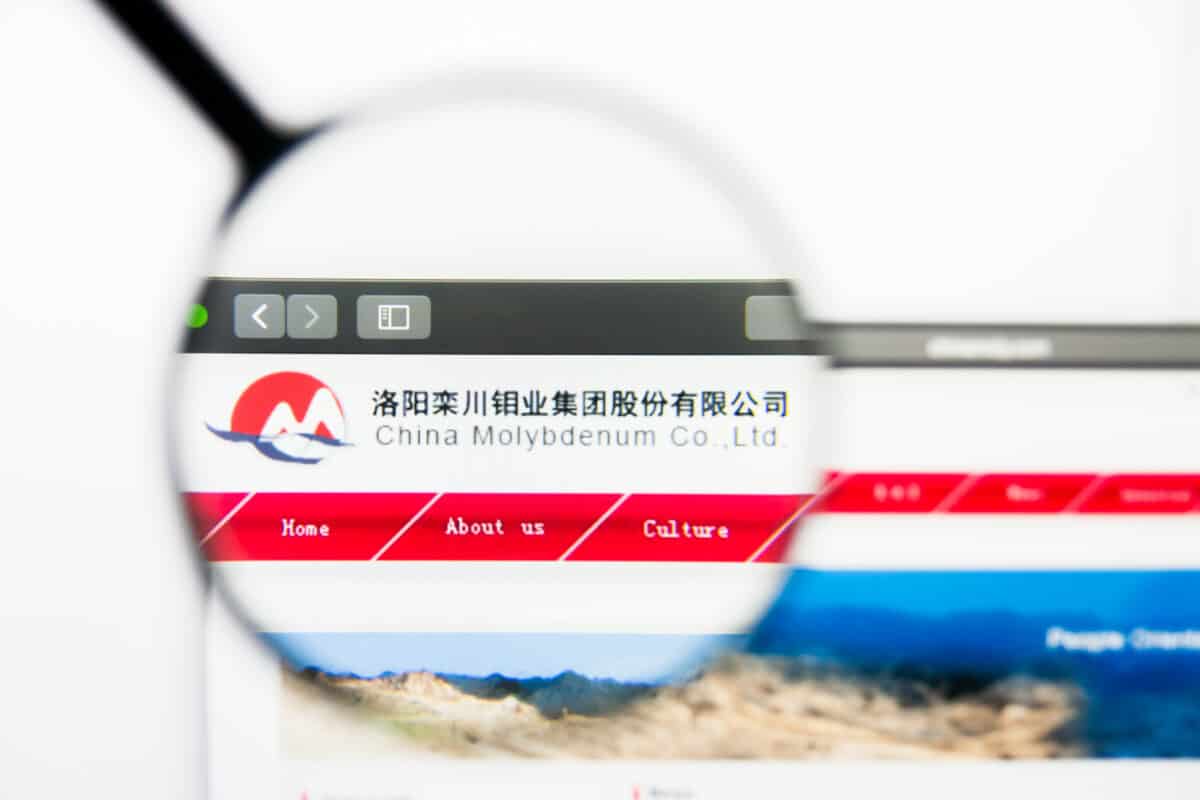
©Pavel Kapysh/Shutterstock.com
China Molybdenum Company Limited is a Chinese commodities company founded in 1982 and headquartered in Luanchuan, Henan Province, China. The Chinese government partially owns the company, which was listed on the Hong Kong Stock Exchange in 2007.
The company is the second largest cobalt miner globally, producing 17,085 tons in 2021. China Molybdenum mainly sources its cobalt from the DRC. It owns 80% of the Tenke Fungurume mine, which it bought from the US-based company Freeport-McMoRan in 2016 for $2.65 billion.
Through its subsidiary, KFM Holdings Limited, the company bought 95% of the Kisanfu mine in the DRC in 2020 for $550 million. China Molybdenum sold 25% of KFM Holdings to Contemporary Amperex Technology Company Limited (CATL), a major lithium-ion battery producer, in 2021 for $137.5 million.
In 2022, the company got into legal woes after the DRC government accused the company of not paying billions of dollars in royalties from its mining operations. A Congolese court subsequently ruled in favor of the DRC government.
Aside from producing cobalt, China Molybdenum Co. Ltd. is also the world’s largest producer of molybdenum and tungsten, and the second-largest producer of niobium.
#4: Eurasian Resources Group – $33 billion
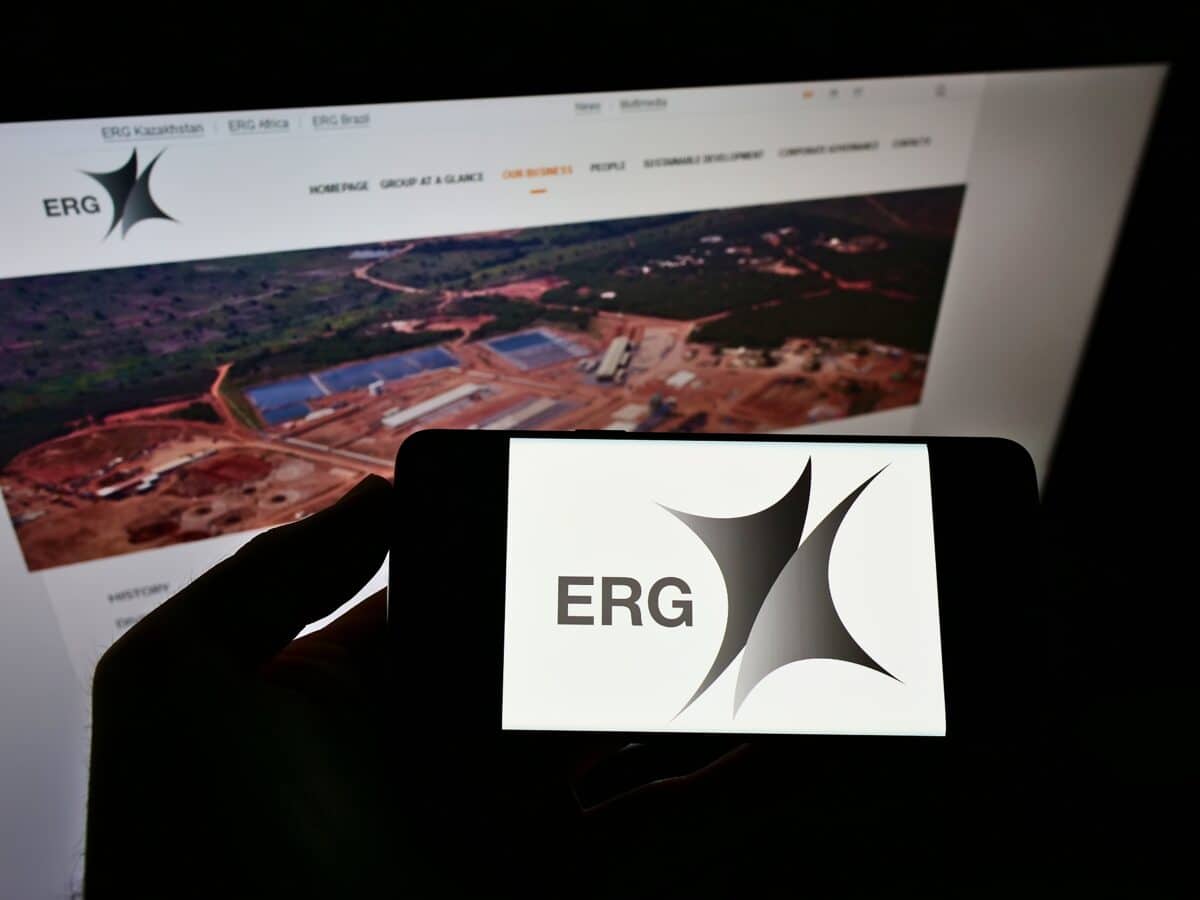
©T. Schneider/Shutterstock.com
The Eurasian Resources Group is a Luxembourg-based company formed in 2013. The company’s formation aided in the privatization of Eurasian Natural Resources Group, a Kazakhistan-based mining company listed on the London and Kazakhstan Stock Exchanges. The company operates in Kazakhstan, China, Brazil, the DRC, Zambia, and South Africa.
The company is involved in producing ferroalloys, iron ore, alumina, and non-ferrous metals like platinum and cobalt. In 2021, Eurasian Resources Group produced 20,718 tons of cobalt primarily from its mining operations in the DRC. The company reported a revenue of $33 billion in 2021.
The company sourced the cobalt primarily through its Metalkol Roan Tailings Reclamation (RTR) project. Unlike other companies on this list, Eurasian Resources Group does not source its cobalt from underground or surface mines. Instead, the project is reprocessing tailings released into the environment by historical mining operations.
According to Metalkol RTR, the tailings account for 110 million tons of cobalt deposits. The project aims to remove waste from the environment that is causing soil, air, and water pollution, affecting surrounding communities and ecological habitats.
#3: Gécamines – $33.69 billion
Gécamines is a state-owned mining company headquartered in Lubumbashi, Haut-Katanga Province, DRC. The company’s founding happened in 1906 as Union Miniere du Haut-Katanga. However, after the DRC gained independence, the company became a government parastatal before being reorganized into a private company.
The company reported a revenue of $33.69 billion for its financial year ending mid-2022. Gécamines is the largest mining company in the DRC and one of the largest in Africa.
In 2021, the company extracted 13,860 tons of cobalt from mines throughout the country. Gécamines is a minority stakeholder in several cobalt mines with multinationals like Glencore, Eurasian Resources Group, and China Molybdenum.
In 2021, Gécamines established the Enterprise Generale du Cobalt to help regulate the artisanal cobalt-mining industry. The subsidiary will help the industry comply with international labor laws that prohibit child labor and require improving working conditions for the miners.
If successful, the subsidiary will have a monopoly over an artisanal industry that produces 18,000 tons of cobalt annually. Gécamines owns 20% of the Tenke Fungurume mine, with the other 80% owned by China Molybdenum.
There is an ongoing dispute between the two companies, with Gécamines accusing China Molybdenum of under-reporting cobalt reserves and production to avoid paying higher royalties. Gécamines is seeking a payment of $7.6 billion from China Molybdenum with the case still in court.
#2: Vale S.A. – $54.5 billion
Vale S.A. is a Brazilian mining and logistics company based in Rio de Janeiro, Brazil. It was founded in 1942 and has grown to become one of the largest mining companies globally and one of the most valuable companies in Latin America.
The company primarily deals with iron ore and nickel production, though it does mine other metals and ores like copper, manganese, platinum, bauxite, and cobalt. Cobalt contributes a small fraction of Vale’s total revenue.
However, the company’s cobalt operations are enough to make it one of the largest cobalt producers globally. For instance, in 2017, the company produced 5,811 tons of cobalt. The company sources its cobalt from two mines in Canada.
The Voisey’s Bay mine began operations in 2005, and the mineral reserves should last until 2034. Their other Canadian mine, Sodbury, has been operational since 1885, with the reserves expected to last until at least 2043.
The company also had a nickel mine in New Caledonia that produced cobalt as a by-product until they sold it in 2018 to a group led by Trafigura. In 2018, Vale signed a deal with Wheaton Precious Metals and Cobalt 27 Capital to sell them 75% of future cobalt by-products from their Voisey’s Bay mine in Canada.
Cobalt 27 Capital paid Vale S.A. $300 million, while Wheaton Precious Metals paid $390 million. Vale sold said interests to minimize the risks associated with the Voisey’s Bay Underground Mine Expansion (VBME).
#1: Glencore PLC – $203.8 billion
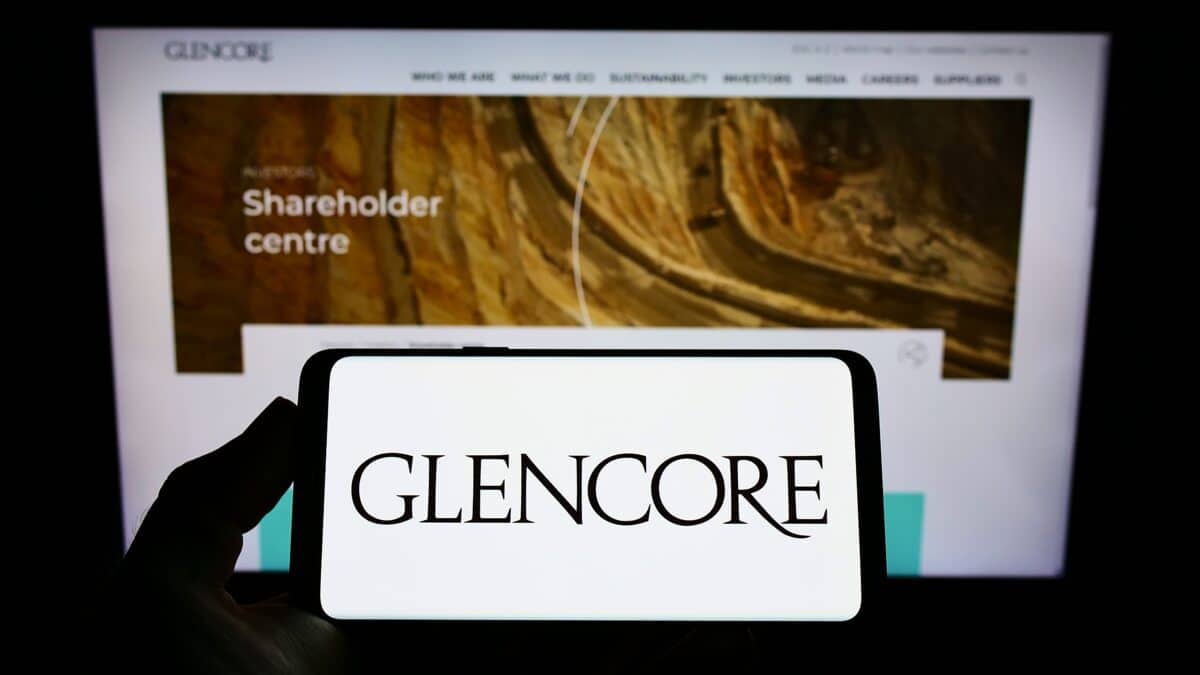
©T. Schneider/Shutterstock.com
Glencore PLC is an Anglo-Swiss mining and commodity trading company based in Baar, Switzerland. It is listed on the London and Johannesburg Stock Exchanges. Glencore PLC produces minerals like cobalt, nickel, coal, copper, zinc, oil, and gas.
It is the largest cobalt producer globally, with its output accounting for 16% of global production. Consequently, the company reported a revenue of $203.8 billion in 2021. The company primarily sources its cobalt in the Democratic Republic of the Congo (DRC), where it owns the Mashamba East mine in Katanga and another mine in Mutanda.
The cobalt produced in the DRC is a by-product of their copper mining operations. Glencore invested $960 million in its DRC mining operations in 2017 to boost its copper and cobalt production.
Glencore also owns cobalt mines in Canada, Australia, and Norway. The company produced 31,300 tons of cobalt in 2021, representing a 14% increase in production from 2020. The Mashamba East mine alone accounted for more than half of the production, producing 18,275 tons.
Given the importance of cobalt in the production of rechargeable batteries, especially lithium-ion and nickel-based batteries, Glencore has partnerships with several companies to exploit the metal’s potential. For instance, it has a partnership with Electra Battery Materials, Talon Metals, and the Ontario government to study nickel battery materials.
The Ten Largest Cobalt Mining Companies In The World: Summary
| Rank | Company |
|---|---|
| 1 | Glencore PLC – $203.8 billion |
| 2 | Vale S.A. – $54.5 billion |
| 3 | Gécamines – $33.69 billion |
| 4 | Eurasian Resources Group – $33 billion |
| 5 | China Molybdenum Co. Ltd – $24.1 billion |
| 6 | Zhejiang Huayou Cobalt Co. Ltd – $4.792 billion |
| 7 | Umicore – $4 billion |
| 8 | Jervois Global Limited – $162 million |
| 9 | Sherritt International – $110 million |
| 10 | Panoramic Resources Limited – $90.39 million |
Up Next
- Nickel-Cobalt vs. Lithium-Ion Batteries Compared. We provide a detailed review of the differences, pros, and cons of nickel-cobalt and lithium-ion batteries.
- Nickel-Cobalt-Aluminum (NCA) v. Nickel-Cobalt-Manganese (NCM) Batteries Compared. Learn the differences between NCA and NCM batteries regarding their cost, chemical composition, and uses.
- The 10 Largest EV Charging Companies In The World And What They Do. We agree that electric vehicles are still a relatively new phenomenon. However, some companies have already positioned themselves as pioneers in the EV charging sector. Read about them here!